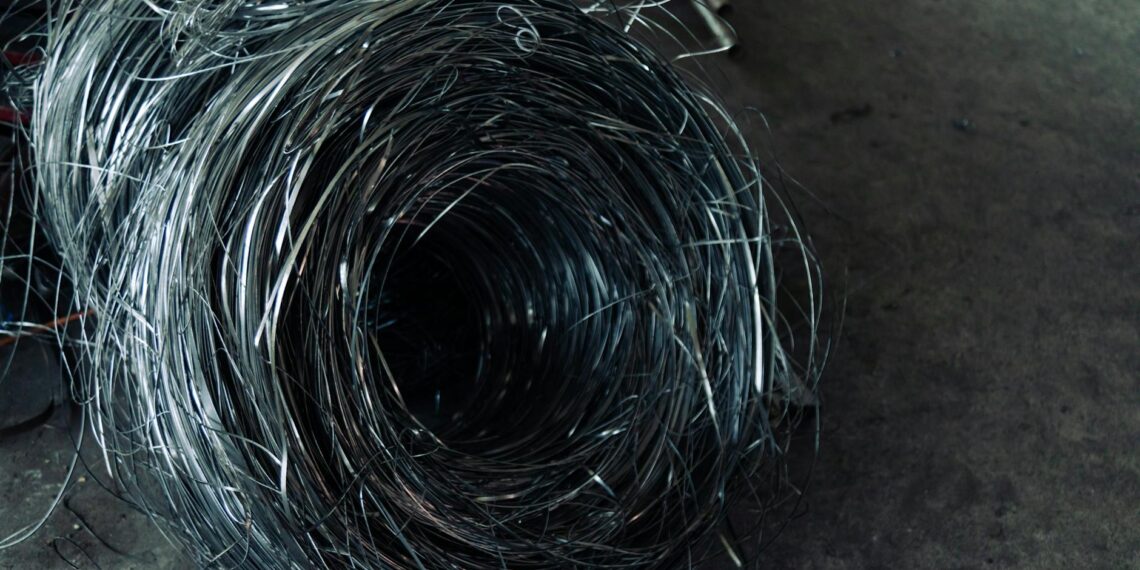Coin roll hunting can be a fun and potentially profitable hobby. This guide provides a summary of valuable coins, key dates, errors, and varieties to look out for during your hunts.
- Silver Coins: Dimes and quarters minted before 1965, and War Nickels (1942-1945) contain silver. You can check for a solid silver edge, and in the case of War Nickels, look for a large mint mark (P, D, or S) above the dome of Monticello.
- Copper Pennies: Pennies made before 1982 are composed primarily of copper, which may be more valuable than their face value depending on current copper prices.
- Wheat Pennies: Wheat pennies were minted from 1909 to 1958 and are popular with collectors.
Key dates are coins with low mintage figures or other factors that make them particularly sought after by collectors. Examples include:
- Lincoln Cents: 1909-S VDB, 1914-D, 1909-S, and 1931-S.
- Jefferson Nickels: 1938-S, 1939-D, and 1950-D.
- Washington Quarters: 1932-D and 1932-S.
- Standing Liberty Quarters: 1916 and 1921.
Mint errors and varieties can significantly increase a coin’s value. Some common types include:
- Doubled Dies: Appear as a doubled image on the coin, like the famous 1955 doubled die penny.
- Off-Center Strikes: Occur when the coin is not perfectly centered during the striking process, leaving a portion of the design missing.
- Die Cracks and Cuds: Caused by imperfections or breakage in the dies used to strike the coins.
- Repunched Mintmarks: Occur when the mintmark is struck multiple times, or in different locations, leading to a blurry or doubled appearance.
- Wrong Planchet/Metal Errors: When a coin is struck on a planchet intended for a different denomination or on the wrong metal composition entirely.
- Broadstrikes: Coins struck without the restraining collar, resulting in a wider, thinner coin with a flat edge.
- Go through rolls systematically. Sort by denomination and then check each coin carefully.
- Use a magnifying glass or loupe to inspect for small details and potential errors.
- Pay close attention to dates, mint marks, and key design features.
- Learn the characteristics of known errors and varieties for each denomination you’re searching.
- Be aware of the distinction between mint errors and post-mint damage (PMD) , which occurs after the coin leaves the mint and doesn’t typically increase its value.
Remember, finding truly valuable coins can be challenging, and it may take patience and persistence. However, the thrill of the hunt and the possibility of discovering a hidden treasure make coin roll hunting a rewarding experience.









What to look for when coin roll hunting?
People search the rolls for error coins that have defects from the minting process, such as doubled dies, coins struck with wrong planchets, and coins struck off center, etc. These coins can be worth more than face value to collectors, with some, such as the 1955 doubled die cent potentially worth thousands of dollars.
Can coin roll hunting be profitable?
I can help with that. Coin roll hunters may search for a variety of different coins, but the usual targets are silver coins, coins with rare errors, key date coins, and proofs. Since most banks will sell customers rolls of coins for face value, coin roll hunting can be a fun – and potentially profitable – hobby.
What is the best coin to roll hunt?
I can help with that. If your goal is to consistently find something at least a little above face value, then pennies will almost always deliver (ie Wheats), if your goal is to acquire Silver then War Nickels are probably the most consistent finds. If errors are your primary goal then Quarters are probably best.
What nickels to look for when coin roll hunting?
Good point! #1 – Look For Liberty and Buffalo Nickels
These old and valuable nickels are definitely worth looking for: Liberty nickels are worth around $2 apiece… or more. Buffalo nickel values start at around 25 to 50 cents for dateless examples, and $1 and up for those with dates.